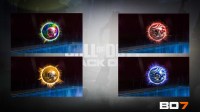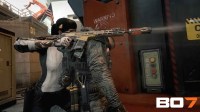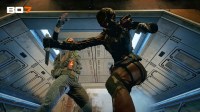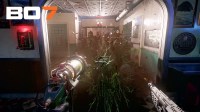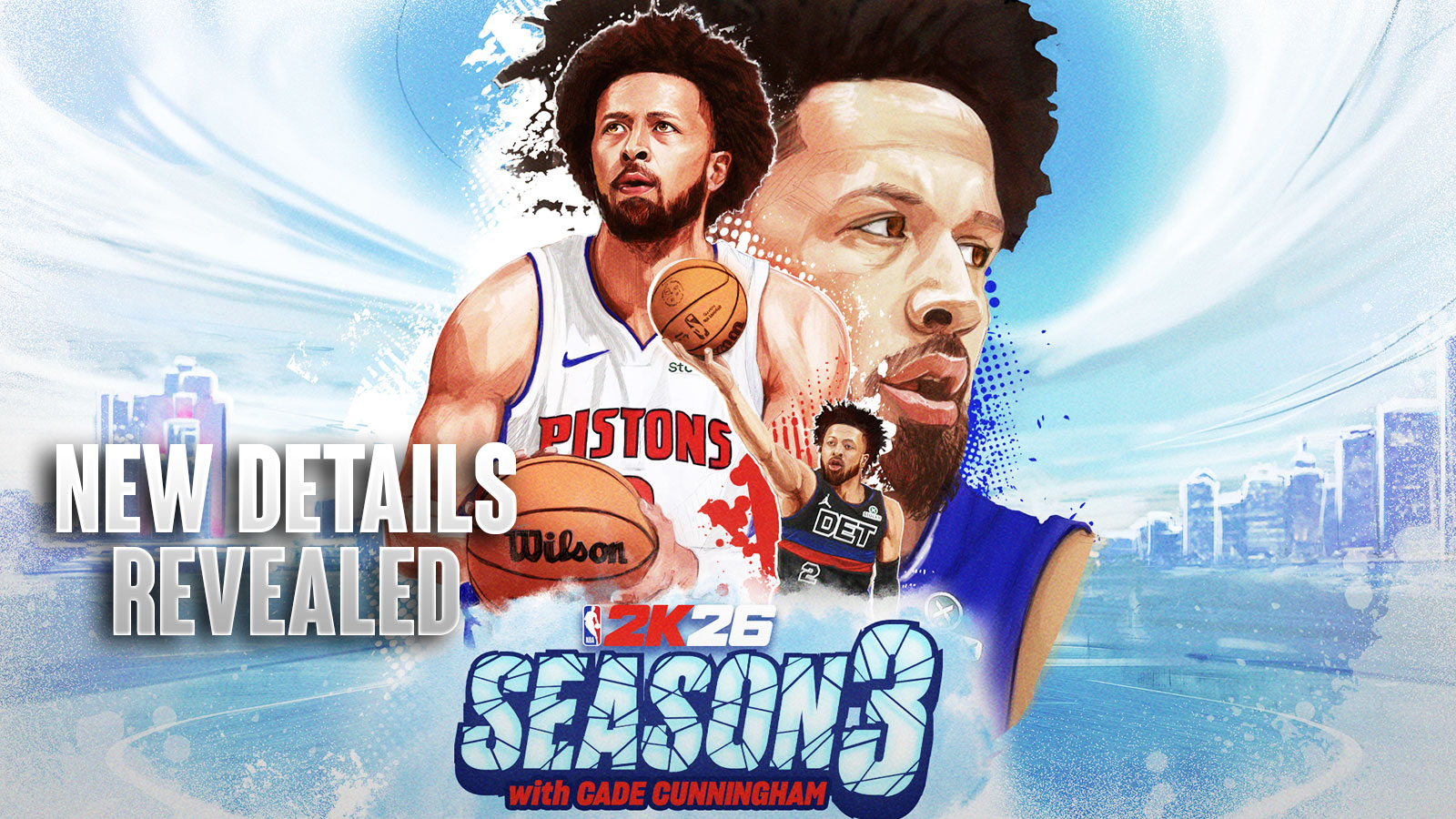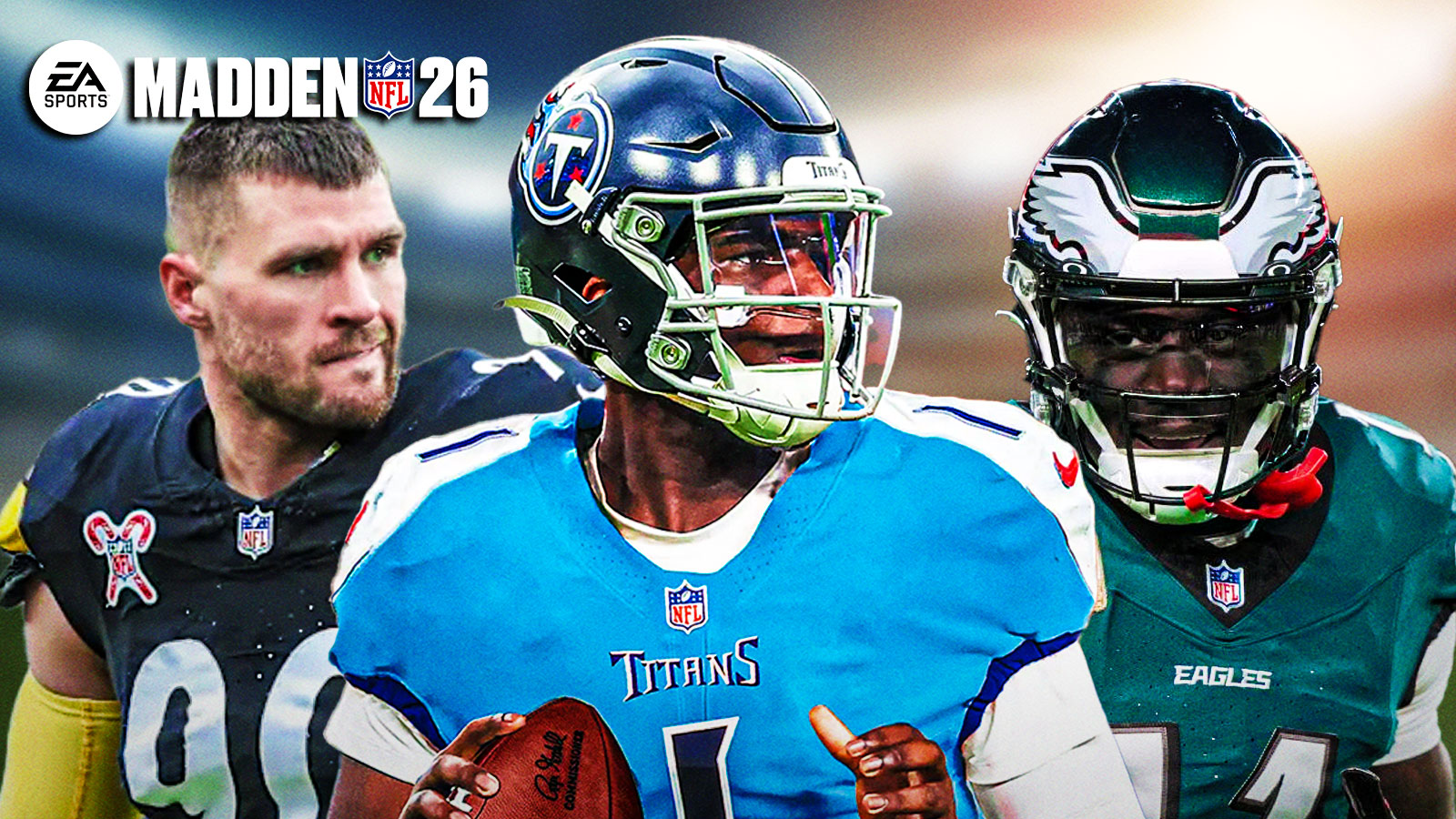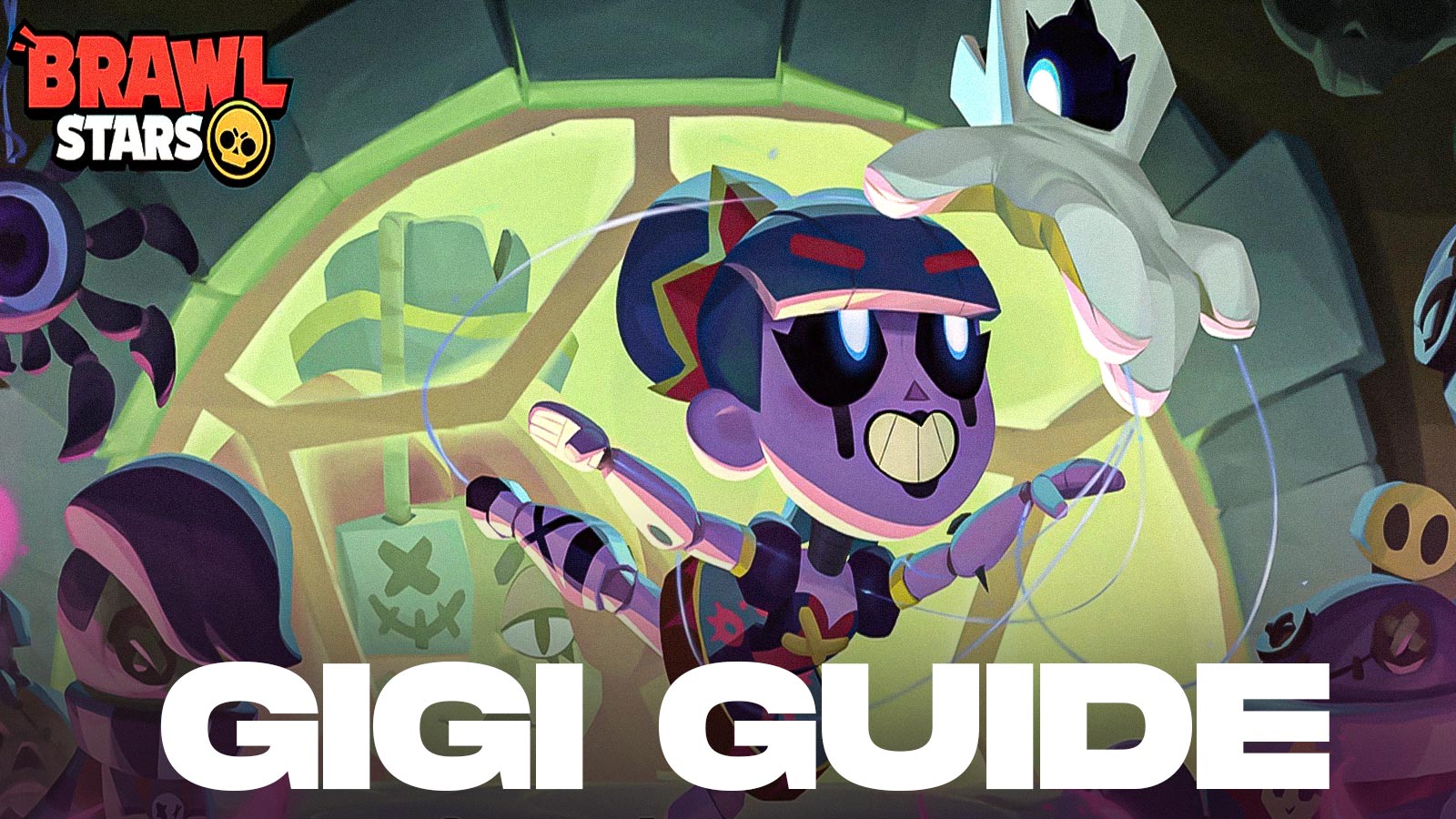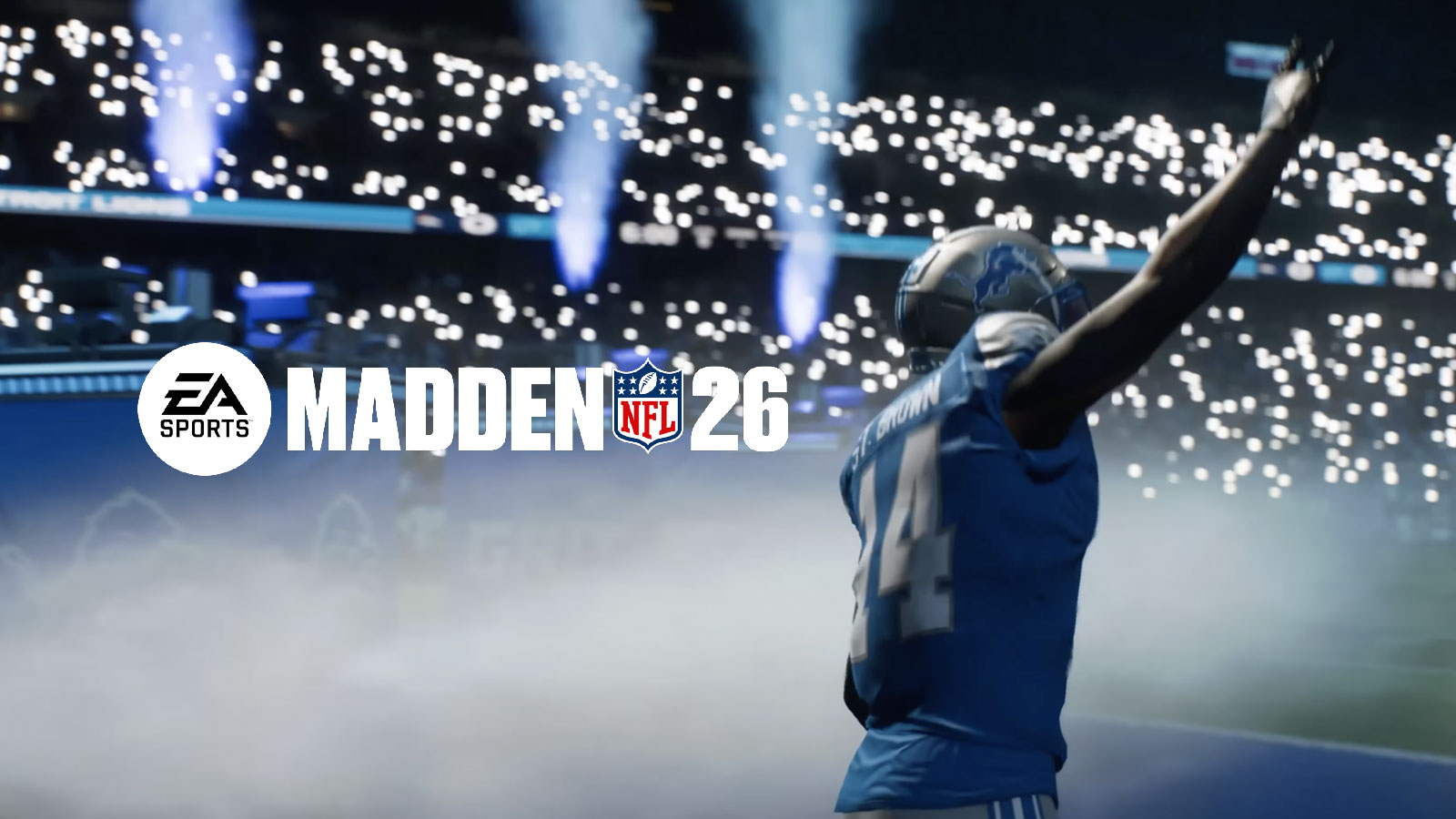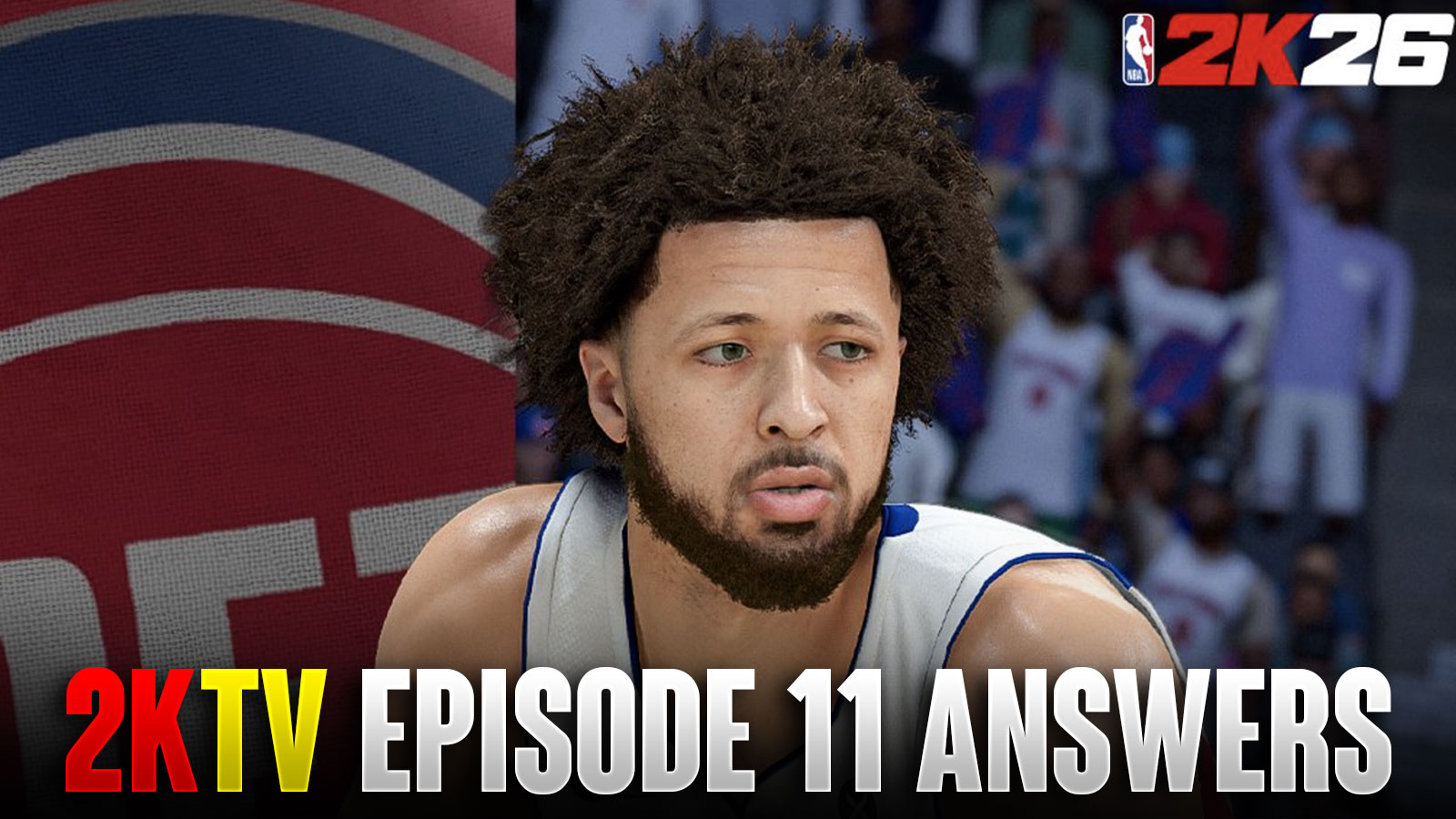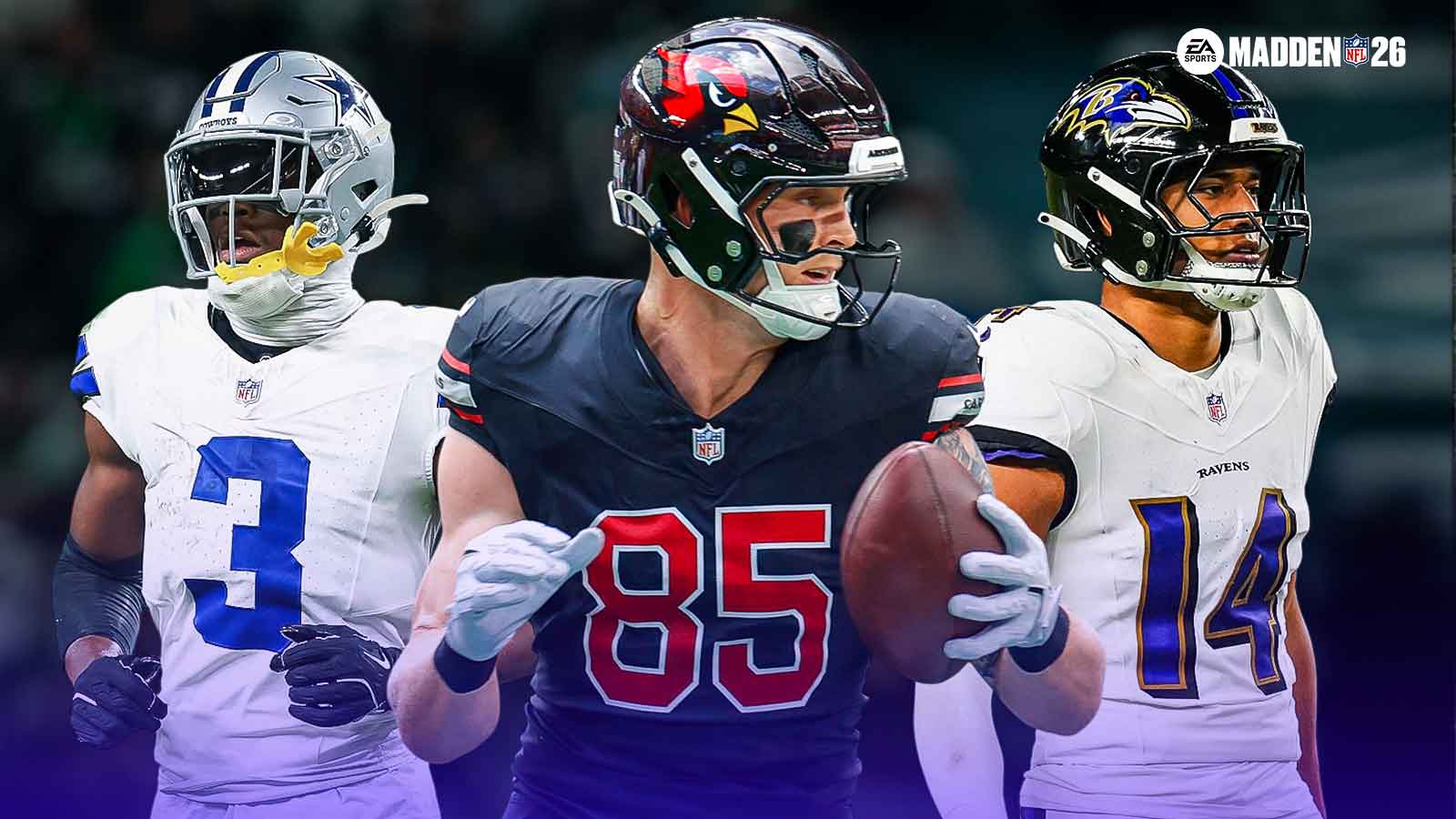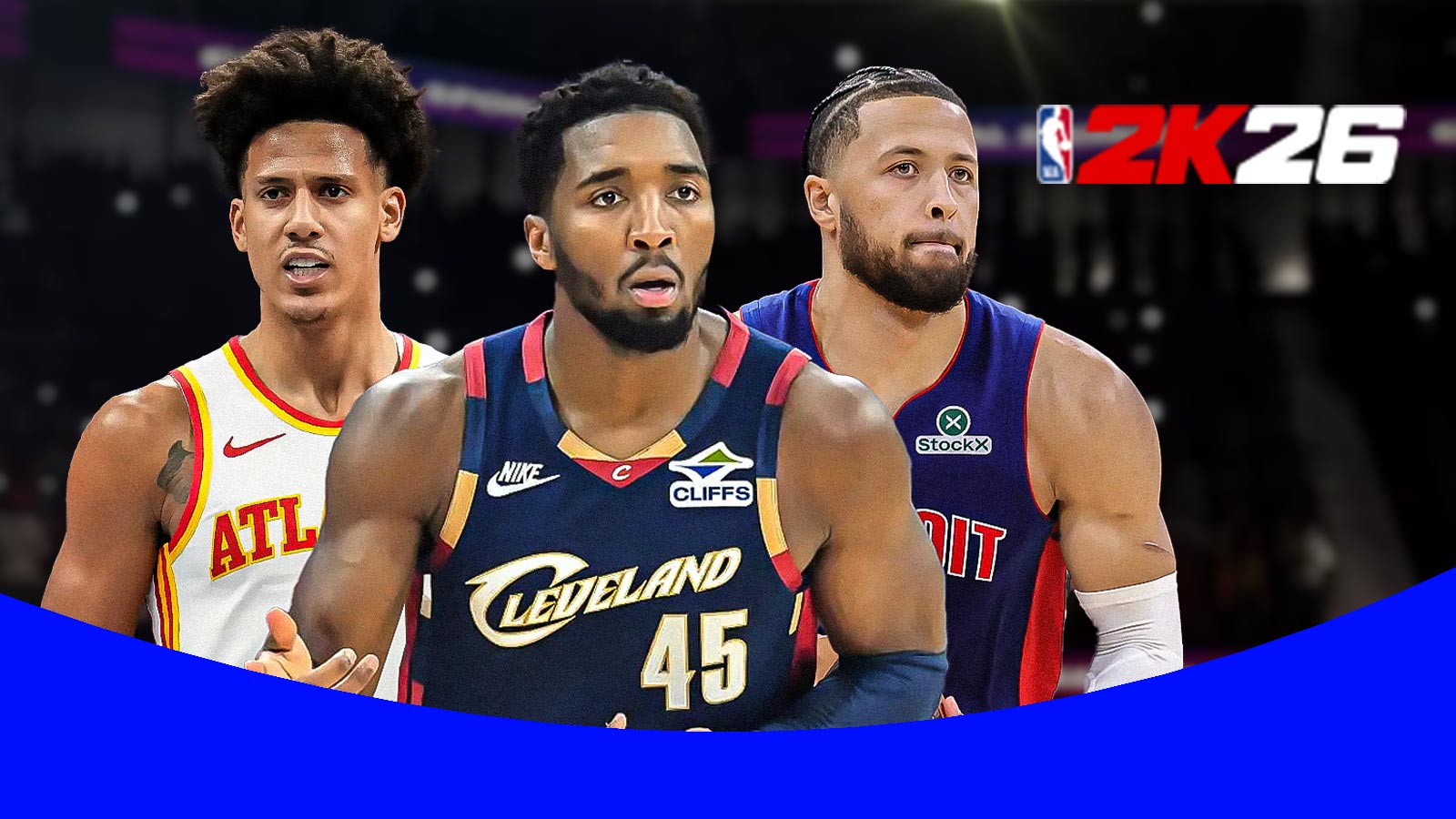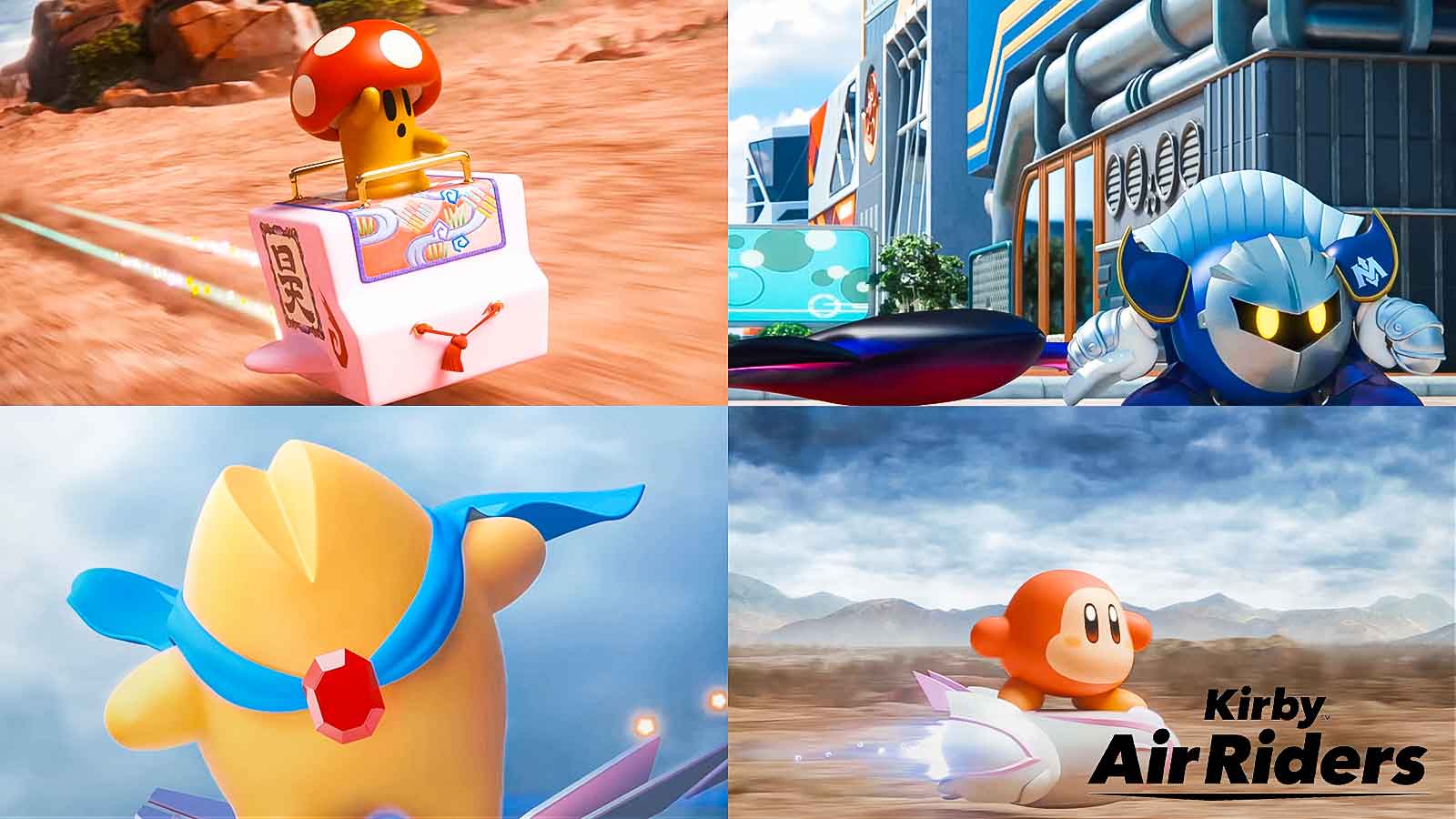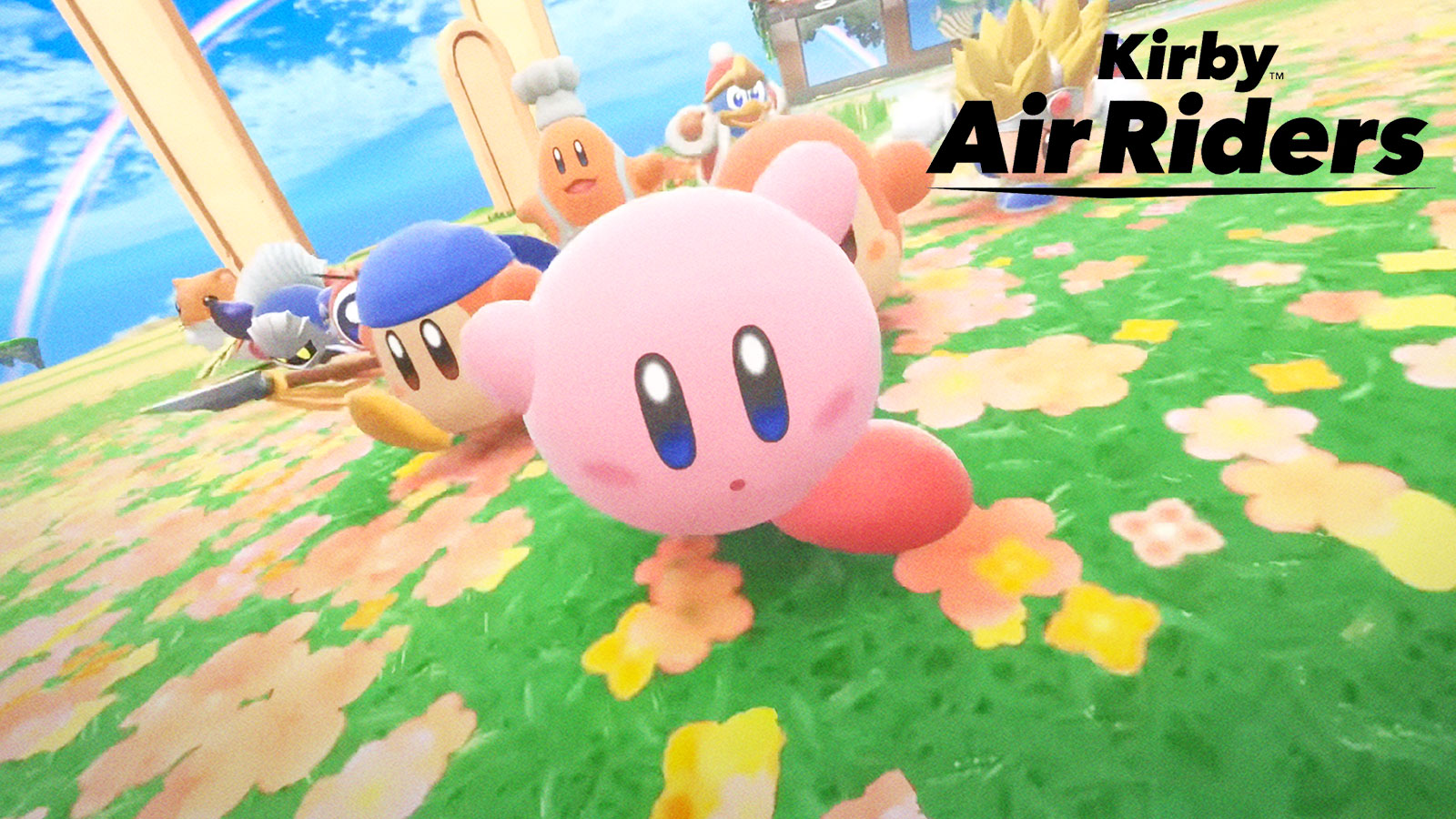Developed by Northplay, Headland has arrived on the Nintendo Switch platform this January 13, 2022. Initially launched as a mobile game, this adventure RPG sets you off on a heroic quest to save the imaginary world. The mobile version left a good impression on a lot of people, but players will be wondering whether it translates just as well to the Switch. Is Headland worth getting on the Switch or is it better left for your phone? Find out more about the gameplay, story, and graphics in our Headland review.
Note: A review copy has been provided by the publisher for this review. The publisher has not seen this article’s content before publication. This review is based on the Nintendo Switch copy of the game.
Headland Nintendo Switch Review
Story
Headland is a fantasy world filled with vibrant colors and all sorts of creatures, from robots to elves to dancing acorns. But the sinister forces of the Pale Guards threaten to take that imaginary wonder away—stealing the Imagination Core and scattering its fragments all around the Headland's islands. You play as the boy Nor, who takes on the heroic role to take down the evil forces, rebuild the Imagination Core, and save the world through limitless creativity.
At face value, Headland‘s story is nothing out-of-this-world. It's your typical good-vs-evil, hero-protagonist storyline, complete with the responsibility of saving a world in distress. The game does try to take a creative approach to the age-old formula, and the concept of the Imagination Core makes it sound fresh.
The Imagination Core shatters into five differently colored triangular shards, so it doesn't take long to find them all through the different islands or missions. You also don't have to guess as to how to find them, because the world map shows which missions will reward you with the shards at the end (as seen below).

Overall, the story follows a clear plot line and progression system without having much surprises to it. You won't get confused about what to do next because the island missions are unlocked in order. Depending on what you're looking for in a game, you might find Headland‘s simplicity enjoyable. I personally would've liked a little more spark of creativity for this aspect—given the overall theme of the game, after all—considering that the battle mechanics are already quite straightforward as well.
Gameplay, Battle mechanics
As the story pits you against the evil forces of the Pale Guards, you have to fight through various monsters to get through each mission. You start out with three lives, seen as “hearts” on the screen, and a wooden sword with a knockback feature. As you level up, you can opt to get more lives or to boost your attack damage. You also have the ability to slide using the B button, so that adds another dimension to how you battle and move around, but the basic way to attack is just to dash in and hit A, not much combo moves that you can do. Also, a force shield charges up as you battle and it not only protects you against the monster's attacks but also deals damage to the enemies in a spherical area-of-effect.
Craft weapons using the resources you collect from chopping down trees and breaking rocks during your missions. At the Living Forge, which is part of the home base area of the game, you can expend resources such as wood and stone to upgrade the weapons. You unlock blueprints for new swords through a side quest area—you'll need keys to access those, which you in turn collect from the main missions. Disappointingly, though, you can only equip one weapon at a time for any mission.
The first sword has a knockback effect, while another sword gives you a speed boost to help dodge enemy attacks, and yet another one makes you slower but deals more damage. Players might think that the newer weapons are better, but I found I enjoyed using the knockback effect as it gives me space to reposition in battles and figure out the right timing to go in.
Monsters come in varied sorts. Huge frogs only stay in one place on the screen, but can “explode” like a volcano erupting, and you lose a life if you get hit while swooping in to attack. Meanwhile, stinging bees leave Nor stunned, and you have to press a specific combination of buttons to regain the ability to move. An animated rock-type monster follows the player's movements and hurls rocks that also cost a life. These are probably the harder monsters to defeat, especially when several of them appear at the same time, but if you dodge and pick your timing to attack well, you can emerge victorious without too much difficulty.
It does take a bit of time getting used to for players not familiar with kiting around and being patient with attacking. But overall, I find that the mechanics are easy to grasp. Dying only entails giving up a few resources then respawning and trying again—plus, there are save checkpoints so you don't have to restart the entire map. Even the loss of resources like wood and gold don't set you too far back and you can always play the easier missions again to collect resources. However, if you're looking for something more strategic or a really difficult big boss to fight, Headland might not be the game for you.
As you defeat these monsters, you gain experience and fill up “imagination” powers, which allow you to build structures like canons and bridges at certain areas on each island as well as gain extra rewards at the end of each mission. This additional mechanic is a great feature of the game as it takes advantage of the creative way that the maps or the islands have been designed, as it isn't just a direct path to the end every time.
Mission/Map design, Graphics
The best part about Headland isn't the battle system itself but the map layout for each mission. Each island is its own mini-world, although there are recurring features like jumping off ledges, using springy mushrooms to rise onto a higher place, or entering caverns to find more items. There are also some unique game modes like defeating the monsters before apples explode in a race against time
At the same time, it's not too tricky to navigate. If you see two separate paths, your choice won't really matter, because everything is quite interconnected. The exit of one route puts you back at the start or directs you to the next part of the map, helping ensure that you can find your way around. This makes Headland very beginner-friendly, but also has enough alternate routes that can challenge more experienced players to try and get higher scores for each mission or find all the secret items.
Moreover, each island comes alive with vibrant colors. For the graphical style, Headland takes a more child-like approach to it. Nothing complex or awe-inspiring, so the world lacks that sort of immersive quality to really pull you into the story. The character designs also do not invoke a sense of awe or wonder. This runs rather contrary to the whole imaginative wonder theme the game is supposedly going for.
Verdict: Is Headland worth your time and money?
Headland ultimately serves its purpose as a beginner-friendly game. Depending on what you're looking for, it may fit your fancy. Neither the story nor the gameplay present anything extraordinary, though. There's enough creativity to not make it boring, trying to mask a well-known or overused concept (i.e., the hero story). However, it still doesn't particularly stand out if you've played a lot of adventure RPG-style games. I can see why it would be appealing as a mobile game, but the changes to the Switch version aren't enough in my opinion to warrant buying it if you're looking for a challenge or something fresh—especially compared to the other titles available for the Switch.
Still, Headland offers some great features given that its price tag is not too high. It is enjoyable if you want a game that doesn't require you to think too hard about navigating the maps, and it can be a relieving experience to just get through the battles without needing to have great mechanical skill. Even button-mashing works, you'll get to the end eventually. Moreover, if you're a completionist type of player, then you might find the “hidden” or alternative routes in each island map quite engaging. It's a game that you can surely finish, and that in itself can be rewarding.
Score: 6.5/10




